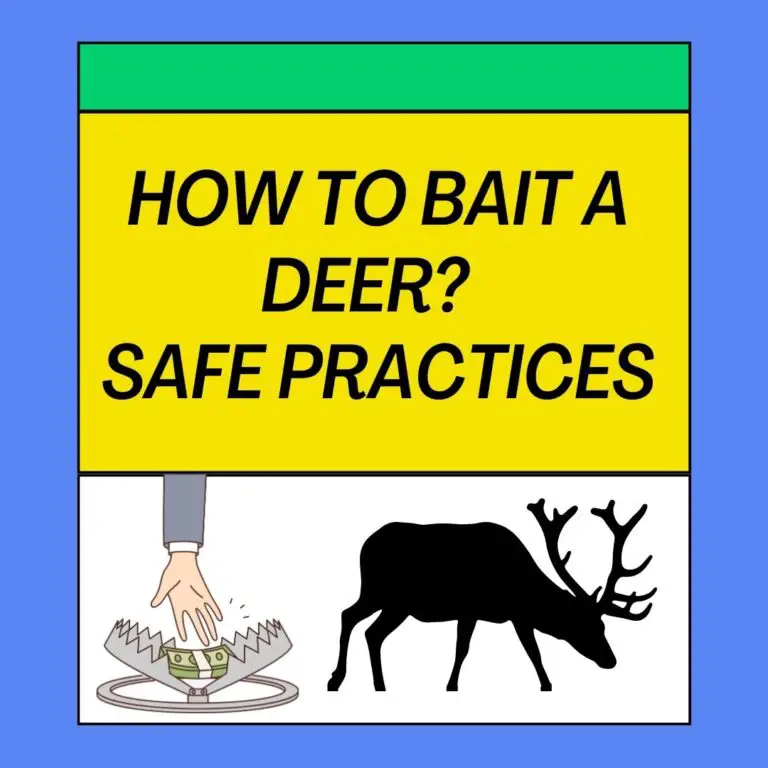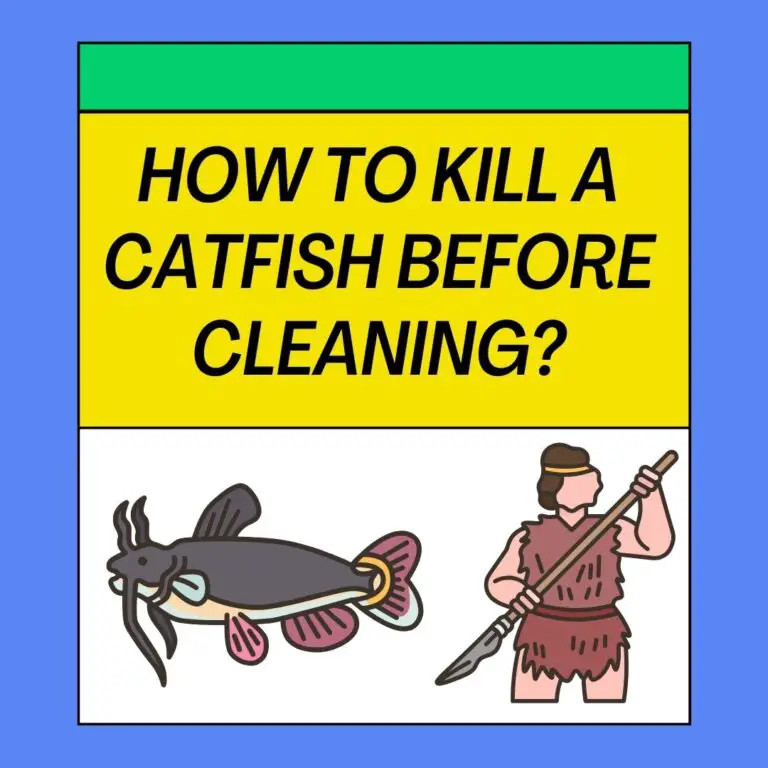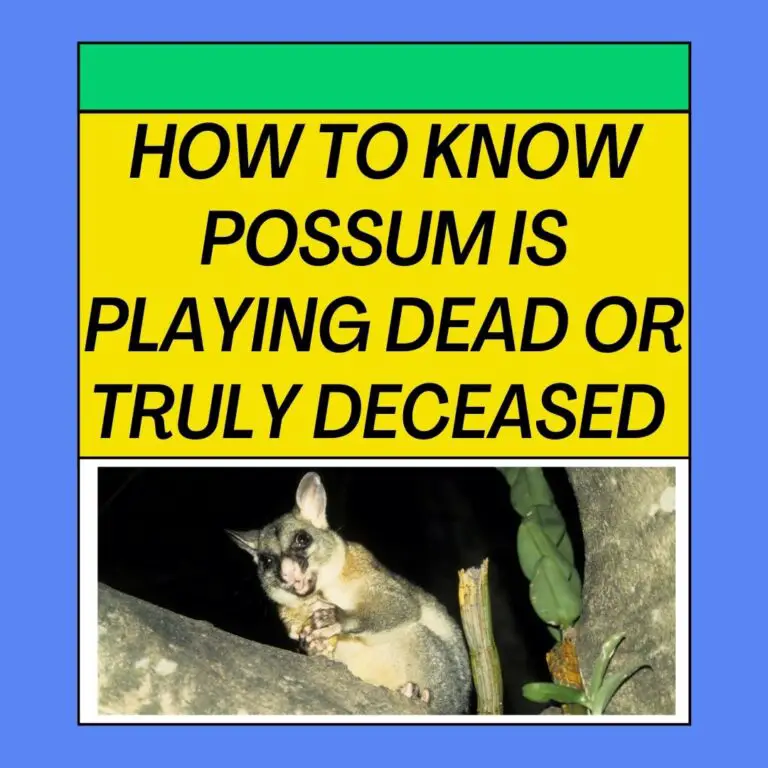
Cleaning rust off clippers is essential to maintain their performance and prolong their lifespan. Rust can cause the blades to become dull and less effective. Here’s a step-by-step guide on how to clean rust off clippers:
Materials You’ll Need:
- Rusty clippers
- Steel wool or a wire brush
- White vinegar
- A small container or bowl
- A soft cloth or rag
- Lubricating oil (clipper oil or mineral oil)
- Screwdriver (if necessary for disassembly)
- Soft-bristle brush (toothbrush works well)
- Optional: Rust converter or rust remover (for severe rust)
11 DIY Steps:
- Safety First:
- Ensure the clippers are unplugged if they are electric. For manual clippers, ensure they are disassembled if necessary.
- Disassemble if Needed:
- If your clippers can be disassembled easily, remove the blades or any parts that have rust on them. This will make it easier to clean thoroughly.
- Remove Loose Rust:
- Use steel wool or a wire brush to gently scrub away any loose rust on the blades or affected areas. Be careful not to damage the blades during this process.
- Vinegar Soak:
- Fill a small container or bowl with white vinegar.
- Submerge the rusty parts, such as the blades, in the vinegar.
- Allow them to soak for several hours or overnight. The acidity of the vinegar will help dissolve and loosen the rust.
- Scrub with a Brush:
- After soaking, use a soft-bristle brush (a toothbrush works well) to scrub away any remaining rust. Be gentle to avoid damaging the blades.
- Rinse and Dry:
- Rinse the parts thoroughly with water to remove any vinegar residue.
- Pat them dry with a clean cloth or rag. Ensure they are completely dry before reassembling the clippers.
- Reassemble the Clippers:
- If you disassembled the clippers, carefully reassemble them, ensuring all parts are correctly aligned.
- Apply Lubricating Oil:
- Apply a few drops of lubricating oil (clipper oil or mineral oil) to the moving parts and blades. This helps prevent future rust and ensures smooth operation.
- Turn the clippers on briefly to distribute the oil evenly.
- Test the Clippers:
- Plug in or power up the clippers and test them to ensure they are working correctly and smoothly.
- Optional: Rust Converter or Rust Remover:
- If the rust is severe and the above steps do not fully remove it, you can consider using a rust converter or rust remover as per the product instructions. These products chemically convert rust into a more manageable form.
- Regular Maintenance:
- To prevent future rust, it’s essential to clean and oil your clippers regularly, especially if they are exposed to moisture.
Additional Tips:
- If you don’t have white vinegar, you can also use lemon juice or a mixture of baking soda and water to create a paste for rust removal.
- Always wear safety gloves when working with rust removal products or vinegar to protect your hands.
Regular maintenance and cleaning of your clippers will help keep them in excellent condition and ensure they last longer. It’s also a good practice to store them in a dry place to prevent rust formation.
What Is Rusty Razor Infection:
Rusty razor infection is not a medical term, but it refers to the potential health risk of using razors with rust or unsanitary conditions. Rust on a razor can create a breeding ground for bacteria, increasing the risk of skin infections and irritations if the rusty razor comes into contact with the skin. To avoid this, always keep your razors clean and rust-free.
Are Rusty Hair Clippers Dangerous?
Rusty hair clippers can pose some risks, primarily related to hygiene and potential injury:
- Hygiene: Rust can harbor bacteria and pathogens, which may be transferred to the skin during use. Keeping your clippers clean and rust-free is essential for maintaining hygiene.
- Injury: Rust can cause the blades to become dull and less effective, increasing the risk of pulling or snagging hair during use, which can be uncomfortable or painful.
- Irritation: Rust particles can flake off from the blades and come into contact with the skin, potentially causing irritation or minor cuts.
To ensure safety and hygiene, it’s best to clean and maintain your hair clippers regularly to prevent rust from forming.
Why Do Hair Clippers Get Rusty?
Hair clippers can become rusty due to exposure to moisture and humidity. Rust is a natural oxidation process that occurs when iron and steel come into contact with water and oxygen. Here are some common reasons hair clippers may rust:
- Moisture Exposure: Clippers may come into contact with water, such as during cleaning, and if not dried properly, the moisture can lead to rust formation.
- Humidity: High humidity in the environment can contribute to rust development on the metal components of the clippers.
- Improper Storage: Storing clippers in a damp or humid area, or leaving them in a damp towel or wet pouch, can accelerate rusting.
- Lack of Maintenance: Clippers that aren’t cleaned and oiled regularly may develop rust over time, especially if they are exposed to moisture during use.
How to Clean Rusty Hair Clippers?
Cleaning rusty hair clippers is essential to prevent further corrosion and maintain their functionality. Here’s how to clean rusty clippers:
- Disassemble the Clippers: Carefully remove the blades and any detachable parts from the clippers. This makes it easier to clean each component thoroughly.
- Remove Loose Rust: Use a wire brush or steel wool to gently scrub away any loose rust from the affected parts. Be cautious not to damage the blades during this process.
- Soak in Vinegar: Fill a container with white vinegar and submerge the rusty parts in it. Allow them to soak for several hours or overnight. The acidity of the vinegar will help dissolve rust.
- Scrub and Rinse: After soaking, use a soft-bristle brush (a toothbrush works well) to scrub away any remaining rust. Rinse the parts thoroughly with water to remove any vinegar residue.
- Dry Thoroughly: Pat the parts dry with a clean cloth or towel. Ensure they are completely dry before reassembling the clippers.
- Reassemble the Clippers: Carefully reassemble the blades and parts, making sure they are correctly aligned.
- Apply Lubricating Oil: Apply a few drops of clipper oil or mineral oil to the moving parts and blades. Turn the clippers on briefly to distribute the oil evenly.
- Test the Clippers: Plug in or power up the clippers and test them to ensure they are working correctly and smoothly.
How To Prevent Clippers From Rusting
To prevent hair clippers from rusting in the first place, consider these preventive measures:
- Regular Cleaning: Clean your clippers after each use to remove hair and debris. Wipe them down with a dry cloth and make sure they are completely dry before storage.
- Oil Maintenance: Apply a few drops of clipper oil or mineral oil to the blades and moving parts regularly to create a protective barrier against moisture.
- Store Properly: Store your clippers in a dry, cool place, and keep them in a protective case or pouch to prevent moisture exposure.
- Avoid Excessive Moisture: Be cautious when using clippers around wet hair or in humid environments. Try to keep them as dry as possible during use.
- Regular Maintenance: Perform routine maintenance on your clippers, including blade sharpening and cleaning, to keep them in good condition.
How to Clean Rust off Electric Razor:
- Disassemble: If possible, disassemble the razor to access the rusted parts.
- Soak in Vinegar: Fill a container with white vinegar and submerge the rusted components. Let them soak for a few hours or overnight.
- Scrub: After soaking, use a soft-bristle brush or an old toothbrush to scrub away the rust. Be gentle to avoid damaging the razor’s delicate parts.
- Rinse: Rinse the components thoroughly with water to remove any vinegar residue.
- Dry: Pat the parts dry with a clean cloth or towel. Ensure they are completely dry before reassembling the razor.
- Reassemble: Carefully put the razor back together, making sure all parts are correctly aligned.
- Apply Lubricating Oil: Apply a drop of electric razor oil (or sewing machine oil) to the moving parts to prevent future rust and ensure smooth operation.
How to Remove Rust from Razor Blades:
- Soak in Vinegar: Submerge the rusty razor blades in white vinegar and leave them to soak for several hours or overnight.
- Scrub: After soaking, gently scrub the blades with a soft-bristle brush or an old toothbrush to remove the rust.
- Rinse: Rinse the blades thoroughly with water to remove any vinegar residue.
- Dry: Pat the blades dry with a clean cloth and ensure they are completely dry before use.
- Apply Oil: Apply a thin layer of mineral oil or blade oil to the razor blades to prevent future rust.
How Do You Remove Rust from Outdoor Clippers:
For outdoor clippers, which are often exposed to the elements, you can follow these steps:
- Disassemble: If possible, disassemble the outdoor clippers to access the rusted parts.
- Soak in Vinegar: Fill a container with white vinegar and submerge the rusted components. Let them soak for a few hours or overnight.
- Scrub: After soaking, use a stiff wire brush or steel wool to scrub away the rust. Be thorough but gentle to avoid damaging the clippers.
- Rinse: Rinse the components thoroughly with water to remove any vinegar residue.
- Dry: Pat the parts dry with a clean cloth or towel. Ensure they are completely dry before reassembling the clippers.
- Reassemble: Carefully put the clippers back together, making sure all parts are correctly aligned.
- Apply Lubricating Oil: Apply a few drops of lubricating oil to the moving parts to prevent future rust and ensure smooth operation.
How to Remove Rust from Wahl Clippers:
Follow the same steps outlined for cleaning rusty hair clippers in the previous response. The process is similar for Wahl clippers or other brands. Disassemble, remove loose rust, soak in vinegar, scrub, rinse, dry, reassemble, and apply lubricating oil.
How Do You Remove Rust from Metal Clippers:
To remove rust from metal clippers, follow these steps:
- Disassemble: If possible, disassemble the clippers to access the rusted parts.
- Remove Loose Rust: Use a wire brush or steel wool to gently scrub away any loose rust from the affected parts. Be cautious not to damage the clippers during this process.
- Soak in Vinegar: Fill a container with white vinegar and submerge the rusted components. Allow them to soak for several hours or overnight. The acidity of the vinegar will help dissolve rust.
- Scrub: After soaking, use a soft-bristle brush (a toothbrush works well) to scrub away any remaining rust. Rinse the parts thoroughly with water to remove any vinegar residue.
- Dry Thoroughly: Pat the parts dry with a clean cloth or towel. Ensure they are completely dry before reassembling the clippers.
- Reassemble: Carefully reassemble the clippers, making sure all parts are correctly aligned.
- Apply Lubricating Oil: Apply a few drops of clipper oil or mineral oil to the moving parts to prevent future rust and ensure smooth operation.
How Do You Remove Rust from Hair Cutting Scissors:
To remove rust from hair cutting scissors, follow a similar process:
- Disassemble if Possible: If the scissors can be disassembled, remove the blades or any parts that have rust on them. This makes it easier to clean thoroughly.
- Remove Loose Rust: Use steel wool or a wire brush to gently scrub away any loose rust on the blades or affected areas. Be careful not to damage the scissors during this process.
- Soak in Vinegar: Submerge the rusty parts in white vinegar and allow them to soak for several hours or overnight.
- Scrub and Rinse: After soaking, use a soft-bristle brush (a toothbrush works well) to scrub away any remaining rust. Rinse the parts thoroughly with water to remove any vinegar residue.
- Dry Thoroughly: Pat the parts dry with a clean cloth or towel. Ensure they are completely dry before reassembling the scissors.
- Reassemble: Carefully reassemble the scissors, ensuring all parts are correctly aligned.
- Apply Lubricating Oil: Apply a few drops of clipper oil or mineral oil to the pivot point and the blades to prevent future rust and ensure smooth cutting.
How to Clean Your Rusty Garden Tools:
Cleaning rusty garden tools follows a similar process:
- Remove Loose Rust: Use a wire brush or steel wool to gently scrub away any loose rust from the affected parts of the tools.
- Soak in Vinegar: Submerge the rusty parts in white vinegar and allow them to soak for several hours or overnight.
- Scrub and Rinse: After soaking, use a stiff brush to scrub away any remaining rust. Rinse the tools thoroughly with water to remove any vinegar residue.
- Dry Thoroughly: Pat the tools dry with a clean cloth or towel. Ensure they are completely dry before storage.
- Apply Lubricating Oil: Apply a thin layer of lubricating oil to the metal parts to prevent future rust.
- Store Properly: Store your garden tools in a dry area, preferably hanging them to prevent moisture accumulation.
Regular maintenance of your garden tools and other metal equipment will prolong their lifespan and ensure they remain in good working condition.
How Do You Restore Rusty Hedge Clippers:
Restoring rusty hedge clippers involves a thorough cleaning and rust removal process. Follow these steps:
- Disassemble: If possible, disassemble the hedge clippers to access the rusted parts.
- Remove Loose Rust: Use a wire brush or steel wool to gently scrub away any loose rust from the affected parts. Be cautious not to damage the clippers during this process.
- Soak in Vinegar: Submerge the rusty parts in white vinegar and allow them to soak for several hours or overnight.
- Scrub and Rinse: After soaking, use a soft-bristle brush to scrub away any remaining rust. Rinse the parts thoroughly with water to remove any vinegar residue.
- Dry Thoroughly: Pat the parts dry with a clean cloth or towel. Ensure they are completely dry before reassembling the hedge clippers.
- Reassemble: Carefully reassemble the clippers, making sure all parts are correctly aligned.
- Apply Lubricating Oil: Apply a few drops of lubricating oil to the pivot point and the blades to prevent future rust and ensure smooth operation.
How Do I Store the Clippers:
Store clippers in a cool, dry place away from moisture. Keep them in a protective case or pouch to prevent dust and moisture exposure. Ensure they are clean and dry before storing.
How Often Should I Clean the Clippers:
The frequency of cleaning depends on how often you use the clippers and the environmental conditions. For regular use, cleaning and oiling every few weeks is advisable. If the clippers are exposed to moisture, cleaning should be more frequent. Always clean them after each use to prevent rust formation.






